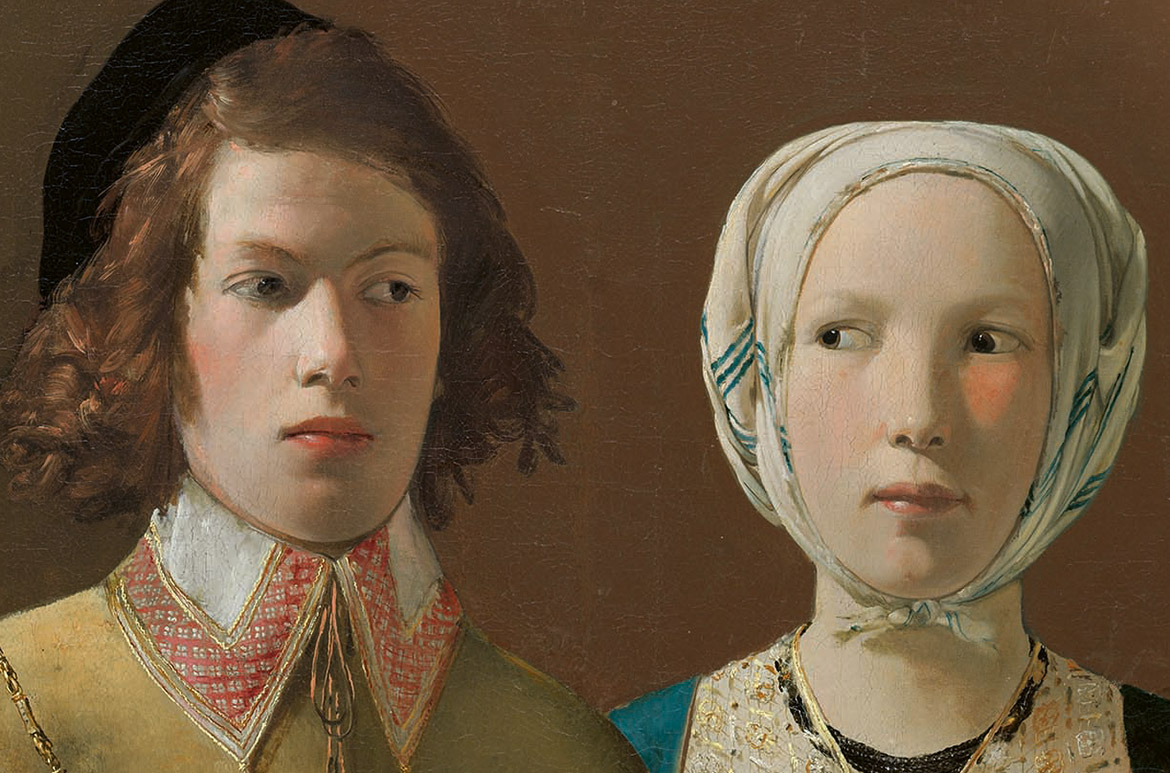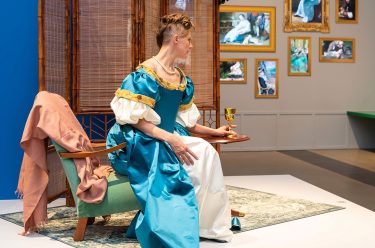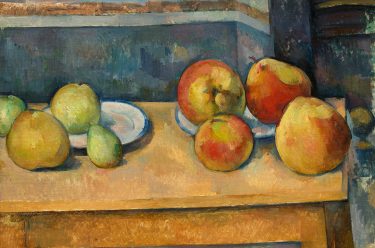The words we use to talk about art can often seem puzzling — Classicism, Humanism, Illusionism, Impressionism, Japonisme, Modernism, Realism, Romanticism, to name just a few — so why do art movements use the ‘ism’ suffix and where do they all come from? To clarify — a suffix is a letter or a group of letters attached to the end of a word to form a new word, and to add to the mix, all art words don’t end in ‘ism’, and dare we say, some artworks can even be applied to a few different terms.
Every ‘ism’ defines a different time period, which is why there are so many, for example… in 1874, Claude Monet exhibited his work Impression, Sunrise, and the term ‘Impressionist’ was quickly adopted to describe the broad and direct approach of the artist and his contemporaries, thus another ‘ism’ was born — Impressionism.
So, how well do you know your art words and what do they actually mean? To save you the burden of brushing up on art terms referenced in ‘European Masterpieces from The Metropolitan Museum of Art, New York’ — we’ve compiled this handy guide of the most recurrent terms you will encounter on your Brisbane visit.
LIST OF WORKS: Discover all the artworks
DELVE DEEPER: More about the artists and exhibition
THE STUDIO: Artworks come to life
WATCH: The Met Curators highlight their favourite works
Absolutism
The idea that a monarch’s right to rule was divinely ordained held widespread appeal across Europe in the 17th and 18th centuries. Absolute monarchs enjoyed supreme, often hereditary, authority and initially reigned almost unconstrained by written laws or the will of the people. Absolutism declined substantially after the French Revolution when the idea of popular sovereignty – where the monarch was understood as serving his or her people – was introduced.
Baroque
Characterised by drama, grandeur and movement, the baroque was the dominant style in European art, music and architecture of the 17th and early 18th centuries, intended to inspire awe in those who encountered it. The Palace of Versailles, with its lavish ornamentation, is a superb example. The Catholic Church championed the baroque style as a way to counter to the austerity of Protestant art and architecture and instead promote the spiritual richness of Catholicism.
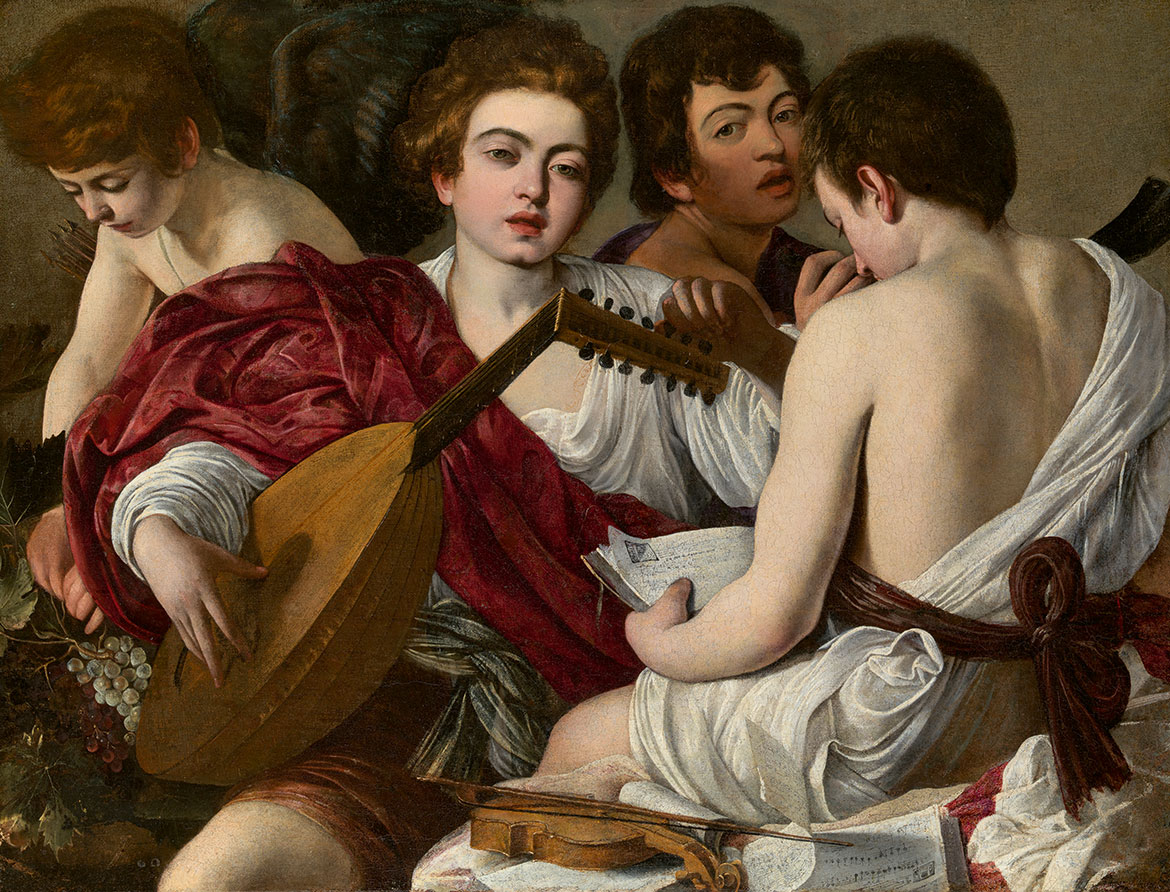
‘Bourgeoisie’
The affluent middle classes which emerged across central Europe in the early 18th century as a result of new trading systems enabling people, wealth and information to circulate with greater ease. While the word describes a social class of professionals whose newfound economic status allowed them to exert political influence and shift the balance of power away from the aristocracy, it is a term that has had different connotations in different eras. Its present-day popular usage, for example, can imply a perceived materialism, conventional attitude, or striving for respectability.

Enlightenment
Also known as the Age of Reason, it is a term used to describe an intellectual movement that dominated the world of ideas in Europe during the 17th and 18th centuries. Central to Enlightenment thinking was a belief in rationality, the scientific method, and ideals such as liberty and progress. Enlightenment thinkers sought to create better societies by advocating a separation of power between church and state.
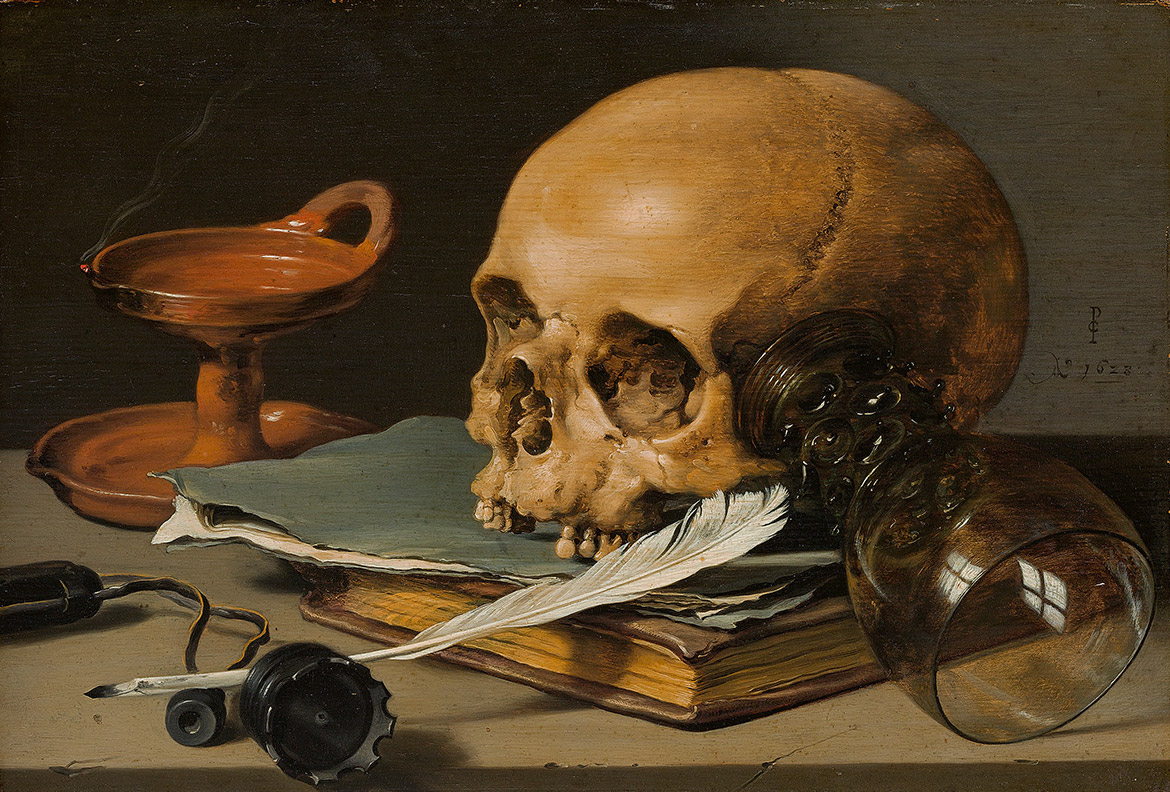
Humanism
A way of thinking about the world which is based on our common humanity. It places trust in human experience and the scientific method as the primary sources of knowledge, and understands that human beings have the right and responsibility to give meaning to their own lives. Contemporary humanists are averse to religion and superstition, instead placing human welfare and happiness at the centre of their ethical decision-making.
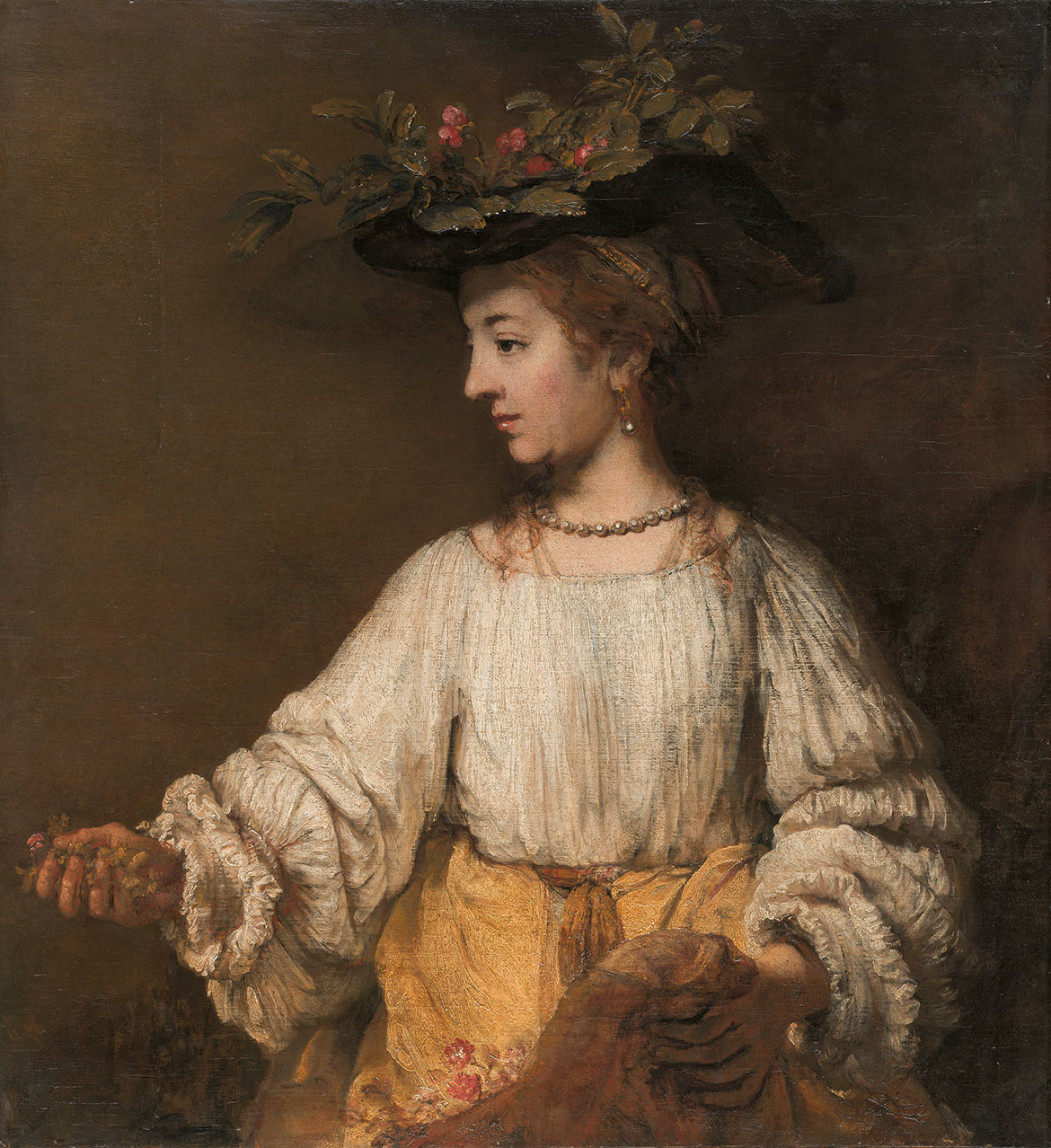
Illusionism
An artistic principle or technique that strives for the semblance of real objects and evokes the experience of physical space through the use of devices like single-point perspective. It is also called mimesis, and was popular in art from the early Renaissance period through to the nineteenth century.
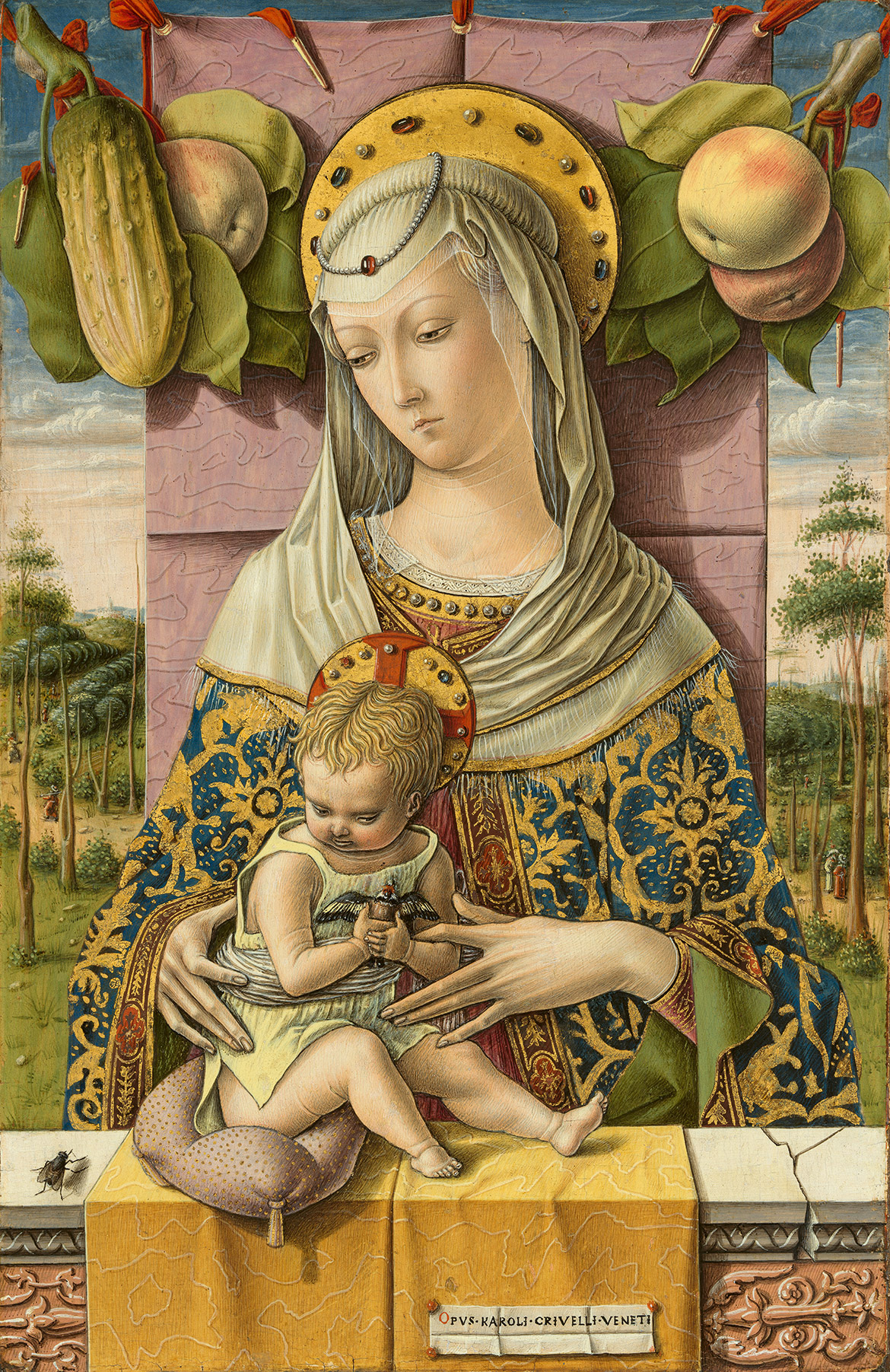
Impressionism
An influential movement in European art of the mid-late 19th century in which artists attempted to capture fleeting atmospheric effects, the changing qualities of light and other ‘impressions’ through feathery brushstrokes and pastel colours.

Japonisme
A French term which refers to the popularity and influence of Japanese art and design on 19th-century European art, following Japan’s re-opening to trade in 1858. With their original use of colour and composition Japanese ukiyo-e woodblock prints were a vital source of inspiration for the Impressionists, for example.

Modernism
An artistic and philosophical movement that arose during the second half of the 19th century in response to broader social and industrial changes in European society. It prevailed throughout the 20th century and sought to convey the experience, values and principles of our modern industrial society.
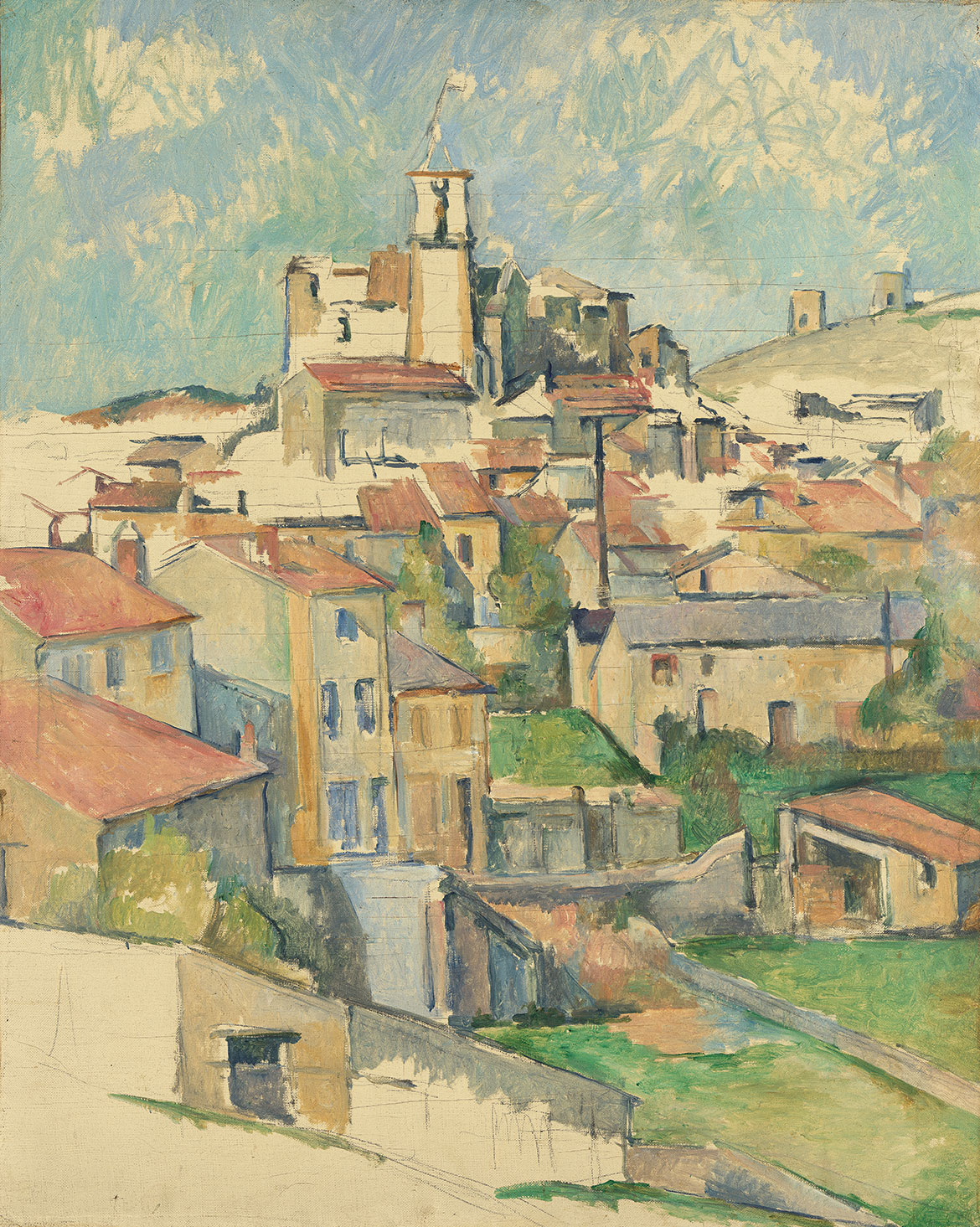
Neo-Classicism
Coinciding with the Age of Enlightenment, it was a cultural movement which was characterised by a revived interest in the iconography and ideals of classical antiquity, particularly the rediscovered ruins of Pompeii and Herculaneum. As a style, it found expression in the decorative and visual arts, literature, theatre, music and architecture through the 18th century and into the early 19th century.

Realism
A mid-19th-century artistic movement which aspired to the accurate and unembellished depiction of the natural world and the lives of ordinary people within it, bypassing the formal conventions of painting accepted since the Renaissance.
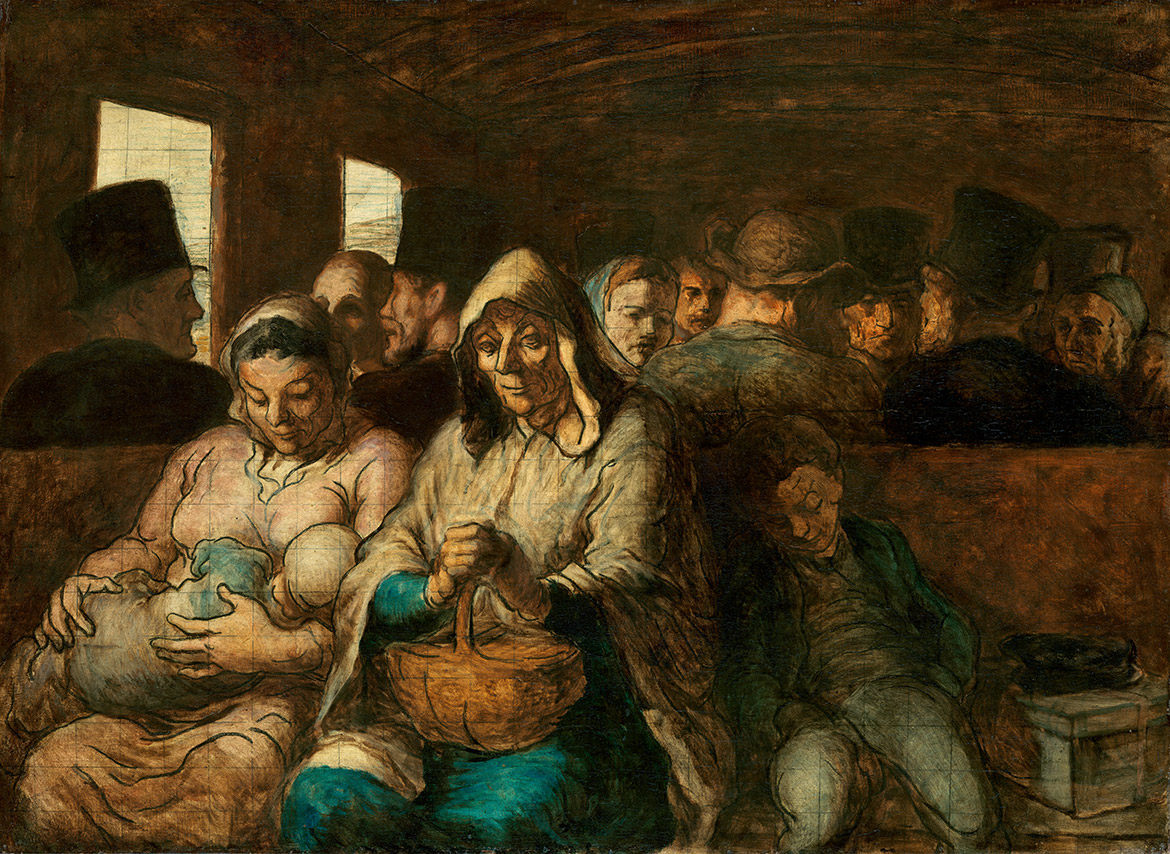
Renaissance
A period of ‘rebirth’ that was sparked by the rediscovery of ancient Greek and Roman culture and scholarship, including sculpture, philosophy, literature, mathematics, geometry and the sciences. Renaissance thinkers and artists drew from these multiple disciplines, reviving the humanities and the systematic study of the world. Learning from the ancients, artists devised new compositional tools for representation and creative expression.
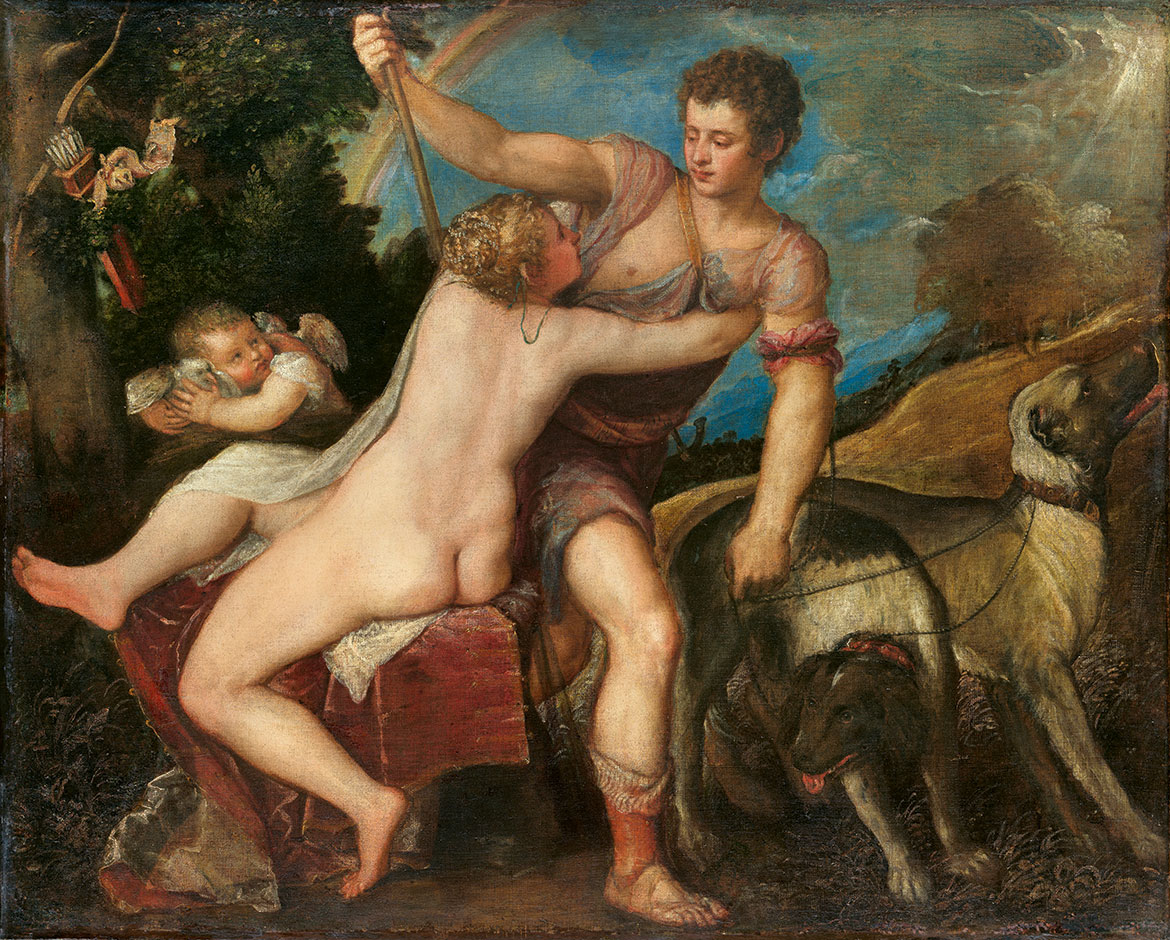
Revolution
The sudden and forcible displacement of an established system, whether political, social or artistic. Revolutions have occurred throughout human history, often inaugurating major changes in culture, economy and socio-political institutions.
Rococo
Often considered the final expression of the Baroque movement, it is a playful, theatrical and fanciful style which began in France in the 1730s but soon spread across the graphic and decorative arts and architecture of Western Europe. It features exuberant ornamentation, combining asymmetry, curves, scrolls and other elements modelled on nature.
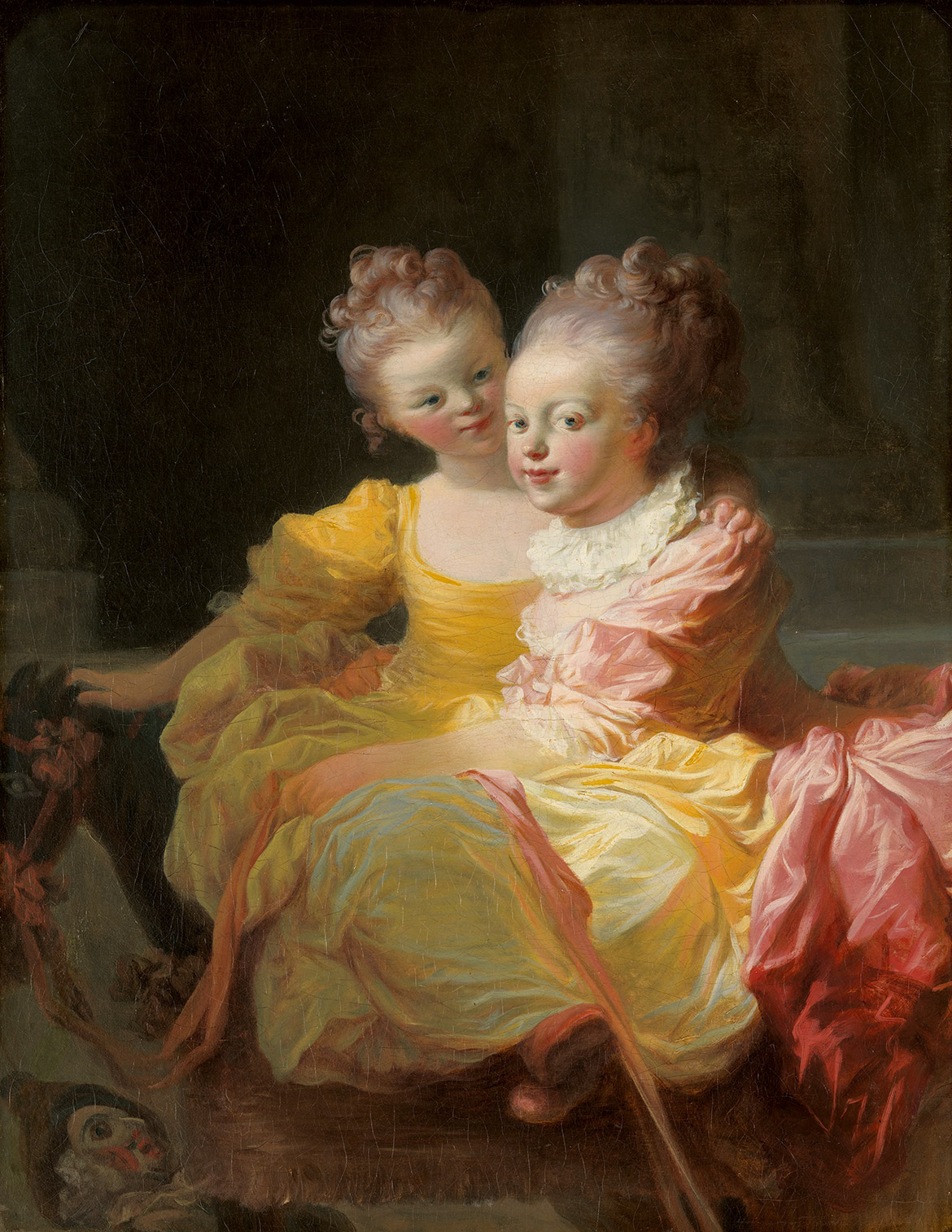
This Australian-exclusive exhibition was at the Gallery of Modern Art from 12 June until 17 October 2021 and organised by The Metropolitan Museum of Art, New York, in collaboration with the Queensland Art Gallery | Gallery of Modern Art and Art Exhibitions Australia.
Featured image detail: Georges de La Tour, France 1593 – 1652 / The Fortune-Teller c.1630s / Oil on canvas / 101.9 x 123.5cm / Rogers Fund, 1960 / 60.3 / Collection: The Metropolitan Museum of Art, New York
#QAGOMA #TheMetGOMA
